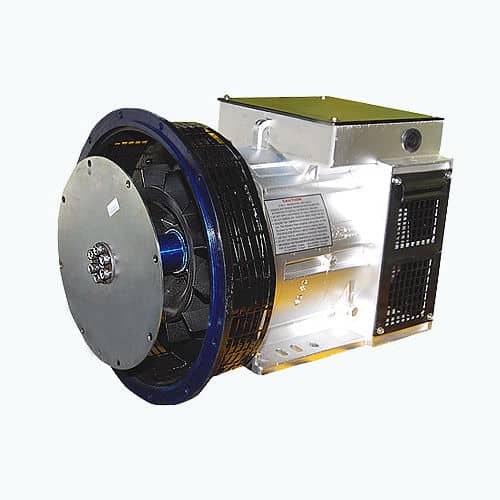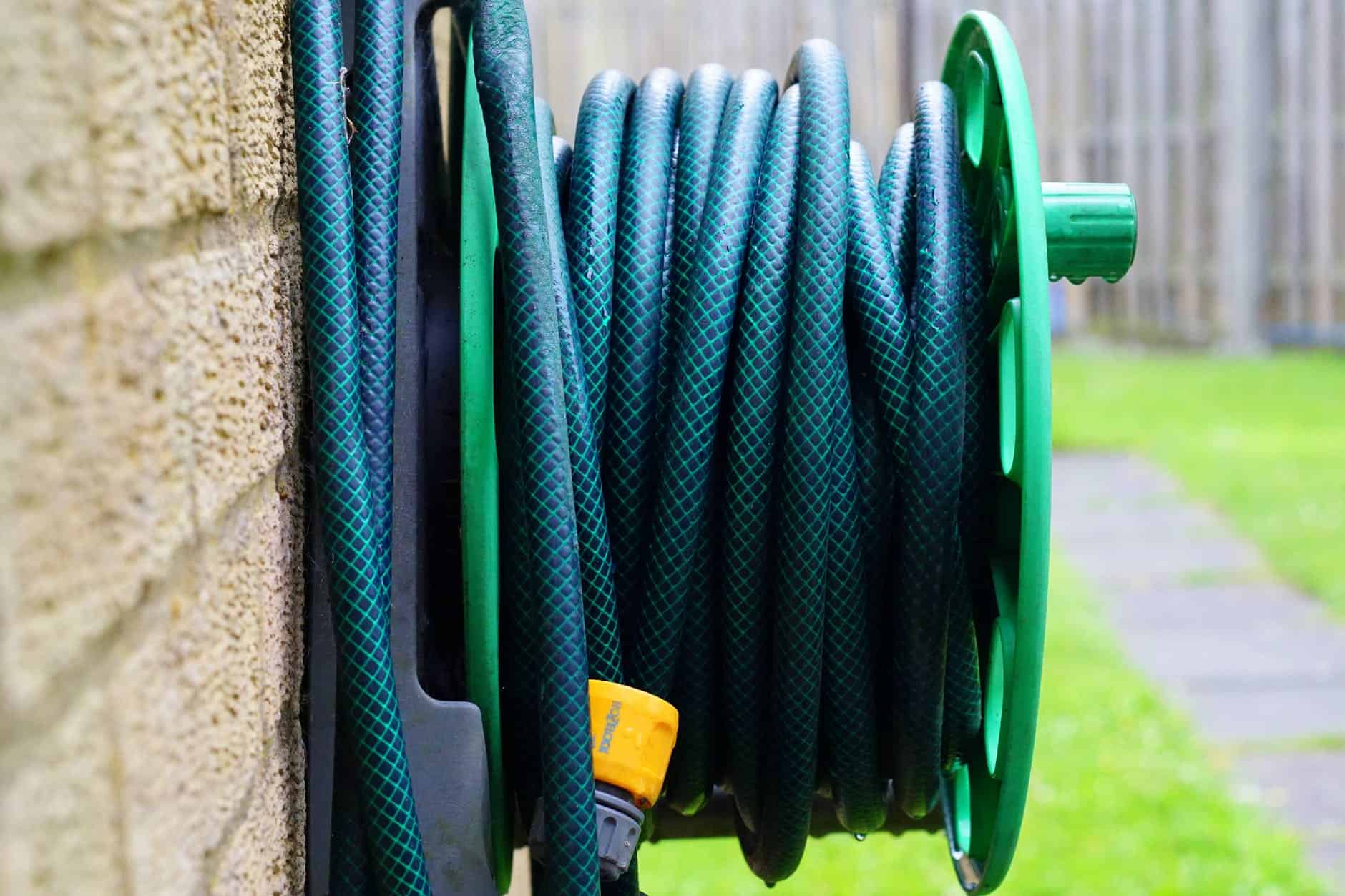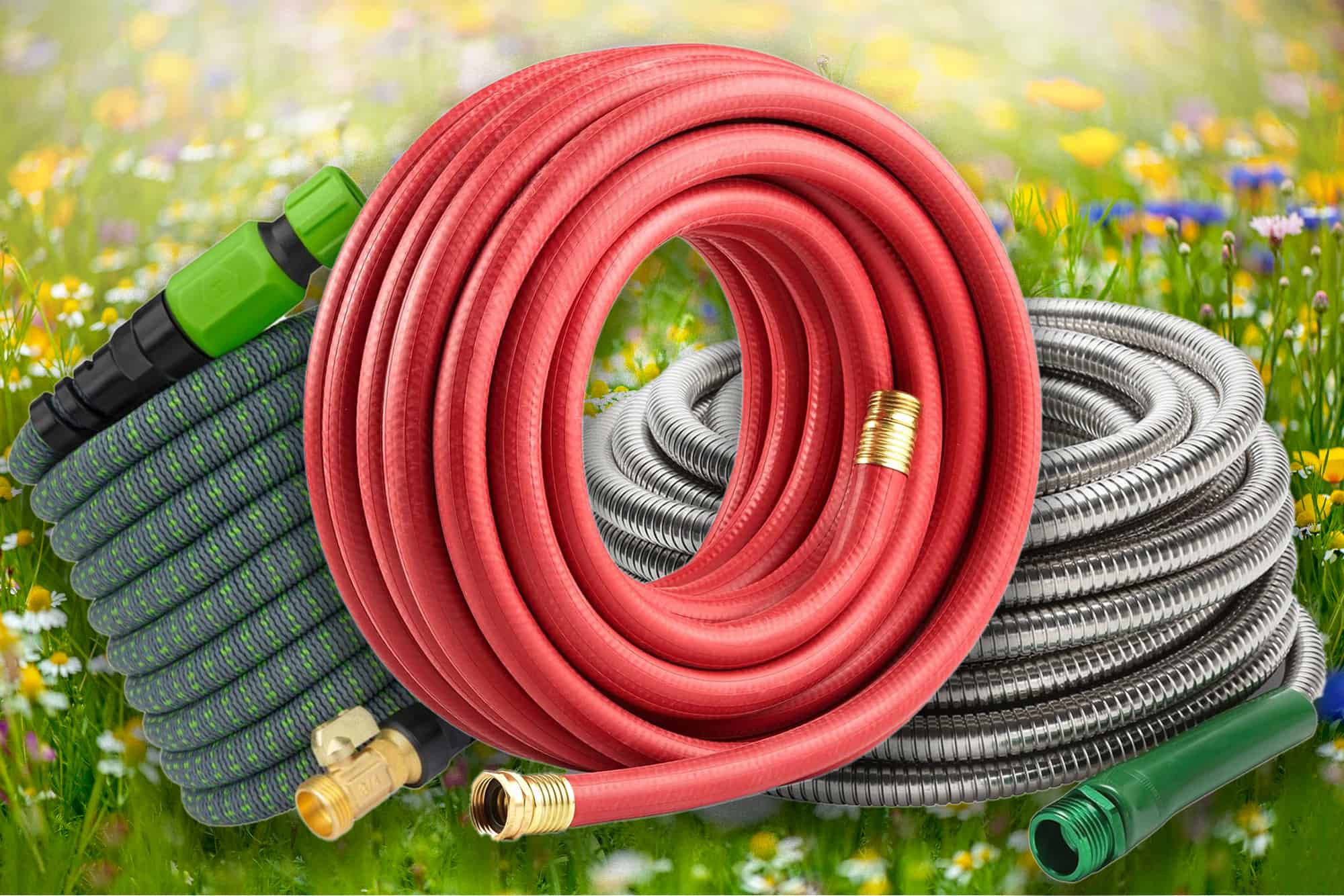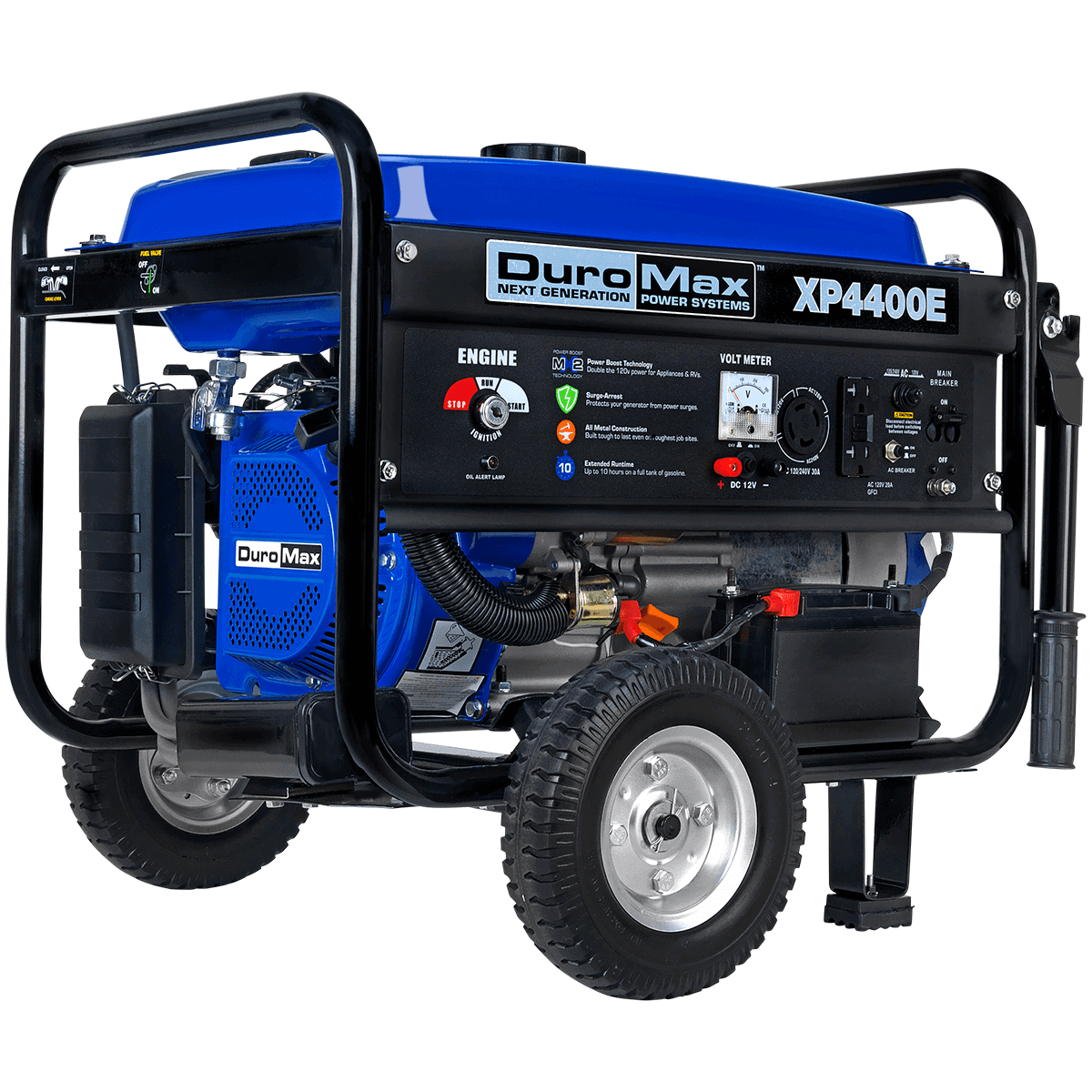A brushless generator's alternator converts mechanical energy to electricity with the help of a rotor's magnetic field. Subsequently, the ignition current flows into the magnetic field for full generator output. However, unlike a brushed alternator that uses brushes to conduct electricity, a brushless alternator cannot build and transmit voltage without magnetism. Therefore, how do you excite a brushless generator in the absence of the starting current?

As we answer this question, remember that your brushless generator will lack residual magnetism when it sits idle for long. Also, shutting down your brushless generator when it's under load leads to loss of the rotor's residual magnetism. So, let's look at how you can tickle your brushless generator back to life.
Excitation Methods
By now, you already have a clue that exciting a generator involves creating a magnetic field for power conduction. In line with this concept, excitation methods revolve around the alternator components: a stator (the stationary part) and a rotor (rotating component). Therefore, they apply the principle of a rotating or stationary coil wire and a magnetic field.
Additionally, each excitation method uses the approach of supplying DC output to the stator. The more advanced an exciting method is, the higher the likelihood of applying an Automatic Voltage Regulator (AVR). Examples of advanced excitation systems include:
- Excitation Boost System (EBS)
- Auxiliary Winding (AUX)
- Permanent Magnet Generator (PMG)
- Self-excited or (shunt system)
Not to worry, we won't dwell on these complex methods. On the same note, generator repair experts alternatively use a flashing tool to resuscitate a non-starting brushless generator. Amidst all these expert-related approaches, the silver lining is that you can excite a generator by yourself.
DIY Brushless Generator Excitement
Step 1: First, start your generator and ensure you check all the circuit breakers. At times tripped breakers might be the cause of the failed start, thus not needing any excitement.
Step 2: Put a steel rod in the generator's corded drill chuck. Then, tighten the chuck.
Step 3: On the other steel rod end, insert a cordless drill and follow up with tightening the chuck.
Step 4: Plug your corded drill into the generator and ensure the two drills are set for clockwise rotation.
Step 5: Power your corded drill as you hold each drill tightly to avoid accidents.
Step 6: Then follow up by powering the cordless drill. Subsequently, the cordless drill will spin the corded drill-end of the chuck.
In this DIY brushless excitation system, the corded drill is like a small generator that feeds a small AC voltage into the larger generator's winding to create a magnetic field. As a result, the generator will start working, and the drills will start fighting against each other. However, the improvised inside-out ac generator doesn't produce the same output power as the main generator. This setup primarily helps create the required magnetism by providing rotations around the generator's stator.
Warning: This DIY drill approach requires caution when operating the drills. Particularly, we recommend holding each drill tightly and being ready to release the power switches if they rotate hazardously. With such caution, you will avoid twisting your hands in the process.
Can Excitation Cause Damage to a Generator?
Manual excitation shouldn't be done often, and if possible, it should be done rarely. It might be intriguing hacking such a process, but generators aren't built to be frequently excited. At best, we recommend seeking the services of a repair expert for the replacement of parts necessary for a seamless start.

Ideally, loss of excitement can cause damage to your backup unit. For instance, slip frequency within rotor circuits during manual excitement can cause overheating of the rotor. Picture this; if the rotor is the default rotating component, then you add rotations with the drills (This leads to excess turning, thus the overheating). Additionally, the stator may suffer overheating due to the large current supplied after the induced reactive power.
Is a Brushless Generator Worth It?
Indeed, brushless generators are worth every penny. Moreover, these models are ideal for long-term use as the main generators due to their ability to resuscitate them after long dormancy periods. Other benefits of brushless generators are as follows:
- A brushless generator is easy to maintain, clean and repair due to fewer moving components. Whenever a machine has fewer moving parts, the lower rate of wear and tear, especially within the brushless alternators.
- Brushless motors and alternators are less noisier due to less friction. However, compared to the brushed models, the carbon brushes in the latter contribute to more operational noise.
- Once again, brushless generators are more durable than their brushed counterparts. Ideally, it's estimated the brushless type can outlast the alternative up to five times. Therefore, we estimate that brushless generators have more demand.
- Lastly, the motor of the brushless generator is lighter than that of a brushed unit. As a result, the former is easily portable and has smooth running with minimal vibrations.
- A brushless generator uses a motor without carbon brushes to create electricity. Instead, a brushless motor uses a small generator on the end of the equipment to transfer electrical current. Brushless alternators are suitable for primary generators and capable of long-term use.
Nonetheless, a brushless generator comes at a steep initial cost. Even more, the buying price is higher since it requires an electronic controller for running the brushless system. In case this model breaks down, it requires higher repair skills since it's complex. However, considering that a brushless generator is durable, you will rarely need to excite it while starting.
Conclusion
Bottom line, exciting your brushless generator is an easy process. That said, excitation shouldn't be part of the starting routine. Instead, it's a makeshift solution for any brushless generator. Finally, a generator's excitation centers around the alternator, which also involves the brushless component of the generator.















